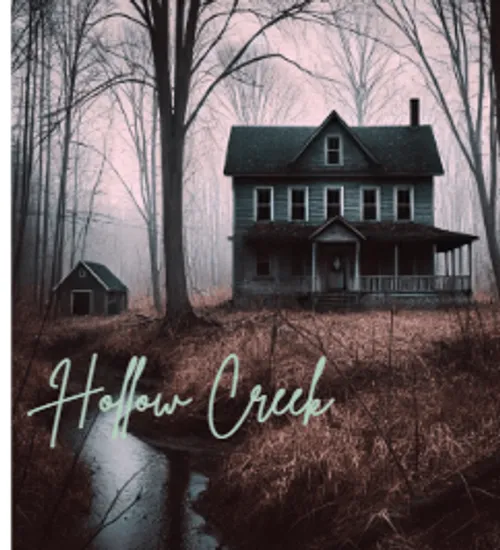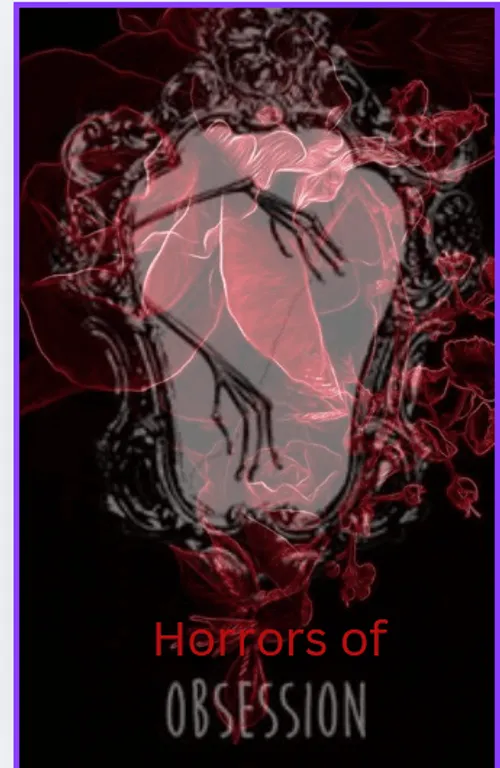The air in the Hollow Creek library felt heavy with silence, thick with secrets too old to speak aloud. Dust motes floated in a lone shaft of sunlight, slicing through grimy windows and illuminating rows of aged books that loomed like silent sentinels. My fingers brushed brittle spines fragments of a buried truth. My search for Emily had led me here, to the archives of a town with roots as gnarled and dark as the woods that hemmed it in.
Mrs. Gable, the librarian, looked like parchment left out in the rain her face deeply lined, her movements soft but watchful. She offered no greeting. No assistance. Just a silent point to the local history section, her eyes catching mine with a glint that sent an involuntary shiver down my spine.
She knew.
Not just about the town. About the woods. About them.
I began with the oldest records brittle pages yellowed with time, their ink ghost-faded but persistent. Early settlers had struggled, building lives under harsh conditions. But even in those first chronicles, there were tremors: livestock vanishing, strange sicknesses, sightings of hunched figures with eyes like embers. Brushed off as superstition. But as I turned page after page, a pattern began to form.
The 1800s brought a torrent of disappearances mostly young women, vanishing near the woods. The explanations changed with the decade: elopement, accidents, wild animals. But the circumstances remained chillingly consistent. No signs of struggle. No witnesses. Only the remains of lives left behind.
Just like Emily.
I found clippings tucked deep within ledger books, their headlines screaming in faded fonts: Hollow Creek Hauntings. Whispers from the Woods. The Shadow Men Return. The language was lurid, but the fear beneath it was sincere. Descriptions varied, but themes repeated: glowing eyes. Guttural sounds from nowhere. And always the silence. That deep, charged quiet I now knew too well.
One article haunted me. Dated 1903. A girl named Elara Blackwood. Vanished. No sign until her diary turned up near the very cabin I’d stumbled across. Her last entry, shaky and raw, described eyes burning like coals… and the sensation of being hunted.
It mirrored my experience like a ghost reflected in broken glass.
Sheriff’s reports, inquest notes, even a page from a paranormal investigator’s journal all of it ended the same way: no evidence. No resolution. No bodies. Just holes in the narrative. Erased lines.
My path led next to the Hollow Creek Historical Society; a slouched gray building pressed into a corner of town like it hoped to be forgotten.
Inside, I met Mr. Abernathy. Thin. Pale. Eyes like river stones—still and impossibly old.
He was reluctant at first. But when I said Emily’s name, the light behind his eyes dimmed, replaced by something mournful and grim.
“They’ve taken another,” he said softly.
He told me stories generational whispers passed from dying mouths to frightened ears. Creatures born from shadow. Eyes that saw through souls. Beings not of flesh, but of emotion of despair. They fed on fear. They waited for it. They cultivated it.
He spoke of a pact. Old. Forgotten by most. A sacrifice traded for peace, sealed in fear and silence.
Then he showed me a book.
Handwritten. Leather-bound. Filled with diagrams, accounts, and drawings that stole the warmth from the room. The creatures were never fully rendered always melting into darkness, their forms unstable. But the eyes were always the same: red, glowing, alive.
I had seen them.
These weren’t beasts. They were architects of dread. They chose their victims with precision those who ached, who mourned, who feared deeply enough to echo into their world. And deep in the woods, Abernathy said, there was a place where their power peaked. A nexus. A pulse of hunger fed by decades of terror.
The shadows stretched longer as he spoke. And I knew this wasn’t folklore. This was documentation. This was warning.
Emily wasn’t lost. She was taken.
I left with the book in my bag and dread in my chest. The past no longer felt past. It felt hungry and I was running out of time.







This story has not been rated yet. Login to review this story.